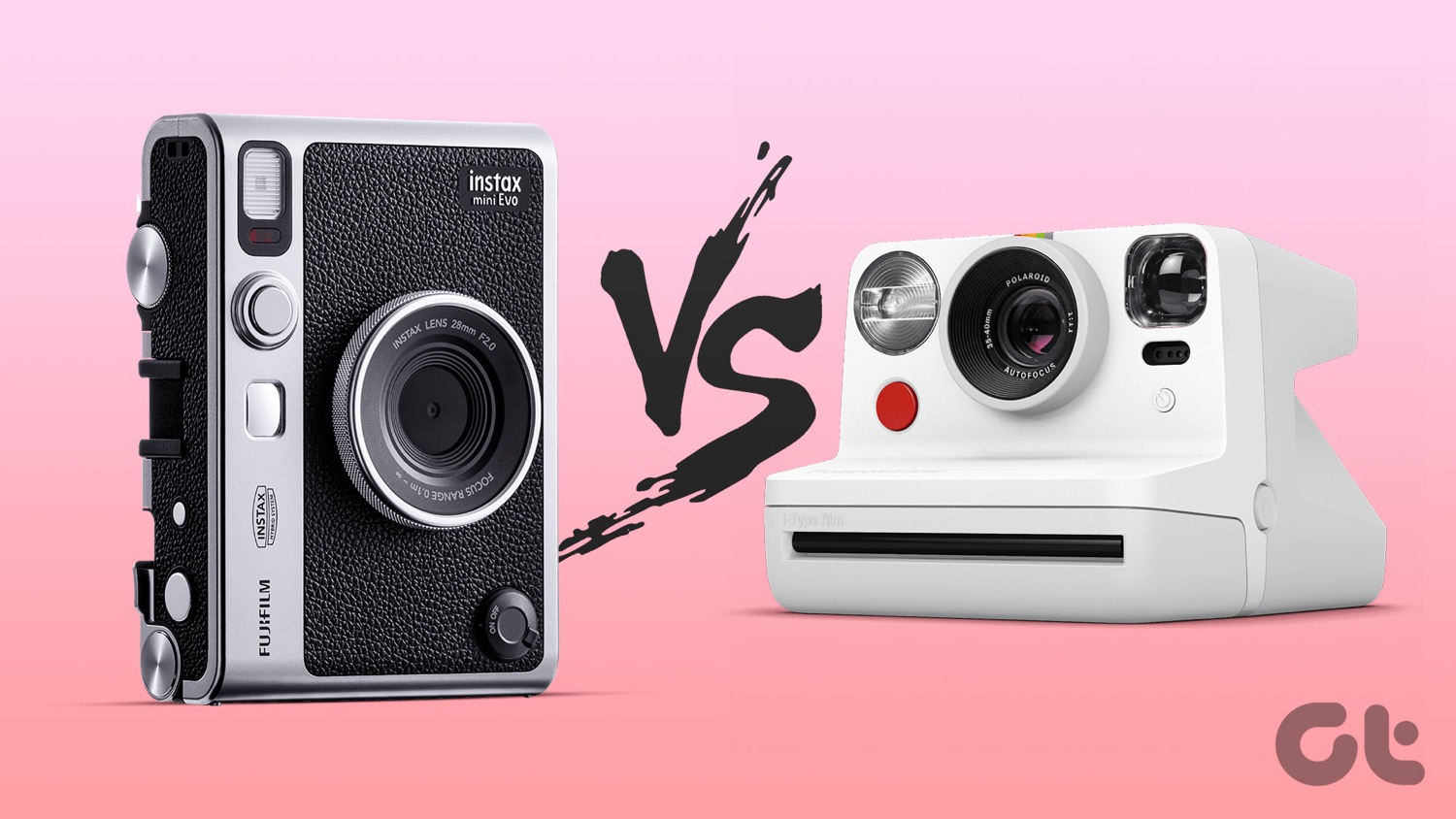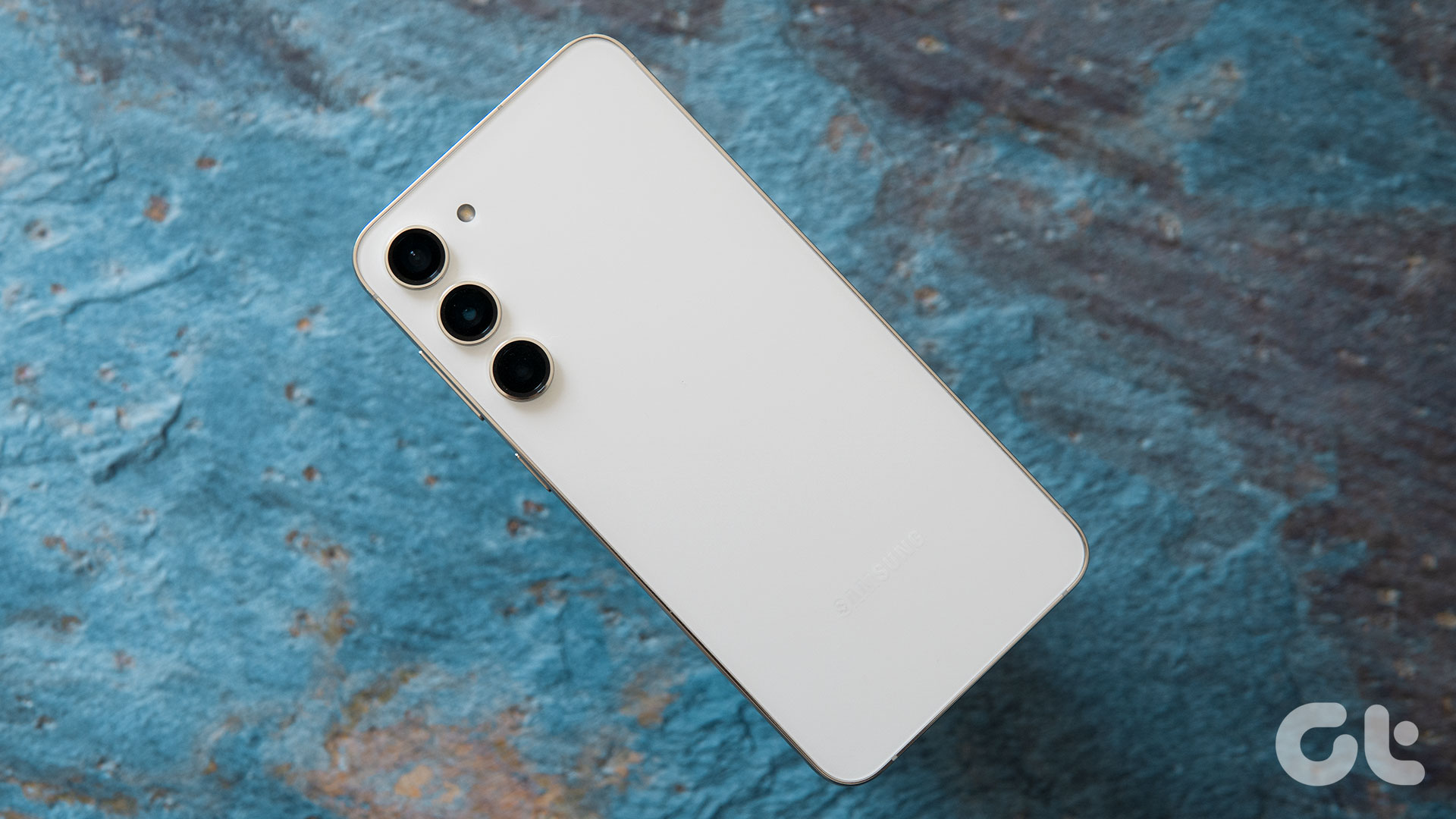Priced at $99.99, the Polaroid Now is the first instant camera to come out after Polaroid shut down its instant film production in 2008. And well, the new camera has some pretty nifty tricks up its sleeves. For one, it bundles in a quirky ergonomic body. Secondly, it also brings the advantage of autofocus to the table. Yep, you read that right. The Polaroid Now can change its focus depending on the object and switch the camera lenses accordingly. Neat, right? Is this new feature enough to push it to the top of the best instant camera list of 2020? We are going to explore this post today as we pit the Polaroid Now against the Fujifilm Instax Mini 11. Let’s get started. But before that,
Looking for instant cameras for kids? Here are the best options.Should you buy the Lomo’Instant Automat over the Fujifilm Instax Mini 90? Read our comparison to know more.
Specs That Matter
Specs and Design
When we talk of the design, the Fujifilm Instax Mini 11 doesn’t bring any drastic changes. It bundles the same design, only this time the camera is more slim and sleek. That makes it easy to handle. However, don’t get your hopes up as you still won’t be able to fit it into your pocket and will need a small tote bag to carry it. And yeah, it has the same matte plastic build. That aside, the structure is mostly the same, with the only exception of the exposure control. Unlike the previous model, you do not get any controls for adjusting the brightness. The exposure control is fully automatic. Another change is it brings to the table is the exclusion of the tripod socket. On the upside, the bottom is flat enough for the camera to sit vertically upright. The film goes at the back, and there’s a neat viewfinder at the front to view your shots. The size of the film is still the same as its popular predecessor. Each shot measures around 46 x 62mm and is big enough to fit into wallets and purses. The camera can hold around 10 films at one go. Interestingly, the Polaroid Now looks nothing like any of the sleek new instant cameras out there. Instead, it bundles a rather boxy look. On the upside, the design is quite unique and will attract its share of stares when you take it out for a spin. It sports the usual polaroid look with a wide slit at the front of the camera. The viewfinder extends back into the camera, thus making it easier to view your shots. Polaroid had gone the manual route with the landscape and portrait settings with the OneStep camera if you recollect. That changes with the Polaroid Now, and now this camera bundles a neat autofocus feature, which can automatically switch between the two modes. On paper, the camera detects the objects and switches automatically between the 35mm and the 40mm lens. In reality, this is more of a finicky process and yields unsatisfactory results at times. This time, the company has chosen to do away with Bluetooth connectivity. Now, there’s no option of connecting your smartphones to the camera to select different modes or shots from your phone. The Now also bundles a handy selfie timer at the front. Strangely, there’s no selfie mirror. While you can always turn the camera towards you and click a photo, it will require a bit of expertise before landing the perfect shot. Other than that, you can also experiment with dramatic double-exposure shots. All you need to do is press twice on the selfie-timer button. Cool, right? The good thing about the Polaroid Now is that the printed photos are larger than that of the Instax Mini 11. It uses modern i-Type films and classic 600 films. The larger size makes them perfect for hanging them on the fridge or sticking them on to a scrapbook. Both the cameras come in a glorious set of accents. The Polaroid Now offers a bright combination of red and white of the Polaroid Now. While you get to pick a soft powdery blue of the Instax Mini 11.
2. Charging and Battery
When it comes to charging, the Polaroid Now keeps things simple. It comes with a Micro-USB port at the side and is rechargeable with the supplied USB-A to Micro-USB cable. A single recharge gives plenty of juice, and you can shoot around 15 packs of films. Meanwhile, the Instax Mini 11 doesn’t bundle any batteries. So you’ll have to add two AA batteries in it, and a single pack lasts around 100 shots (10 film packs).
3. Performance and Photo Quality
Compared to its predecessor (OneStep 2), the Polaroid Now has a better flash in place. It’s strong, and its strength is designed to match the brightness of the shot or frame. At times, the photos tend to be blurry without the flash. Thankfully, you won’t see bright and overexposed pictures with the flash on. The metering does its job well, and you will end up with fairly presentable photos, which you can share among friends and family, or simply keep them as memories. The best part is that the color reproduction is almost accurate. Interestingly, Fujifilm has worked on the exposure of its new camera and it handles the exposure pretty well compared to the Mini Instax 9. Nevertheless, it still tends to over-brighten the photos, especially in brightly-lit conditions. Thankfully, it does its job as expected in low-light conditions and indoor environments. You will have to take into account that instant cameras and polaroid cameras will seldom churn out DSLR-like quality. The good part about the Instax Mini 11 is that it’s affordable and a single film pack costs about $12.
Capture Beautiful Moments
Instant cameras are fun to use. The ability to capture and physically hold a moment frozen in time is a whole different experience. That’s one thing we’re quickly forgetting in this digital era. Instant camera help solve exactly this issue and makes for nice keepsakes. So, which camera could you choose? If you are looking for an affordable option with good photo quality, you should go with the Mini Instax 11. The photo quality is acceptable and you can do away with the hassles of manual exposure control. Plus, they make for great options for gifting purposes, especially during Christmas. On the other hand, the Polaroid Now is the only instant camera (at least for now) to bundle the autofocus feature. The images are clear, and the color reproduction is almost perfect. I say almost because you would want the essence of an instant camera captured, right? It costs around $40 more than the Instax Mini 11, and if you have a few dollars to spare, why not go for it? The quirky body will certainly make people cast a double look, take my word. The above article may contain affiliate links which help support Guiding Tech. However, it does not affect our editorial integrity. The content remains unbiased and authentic.
















